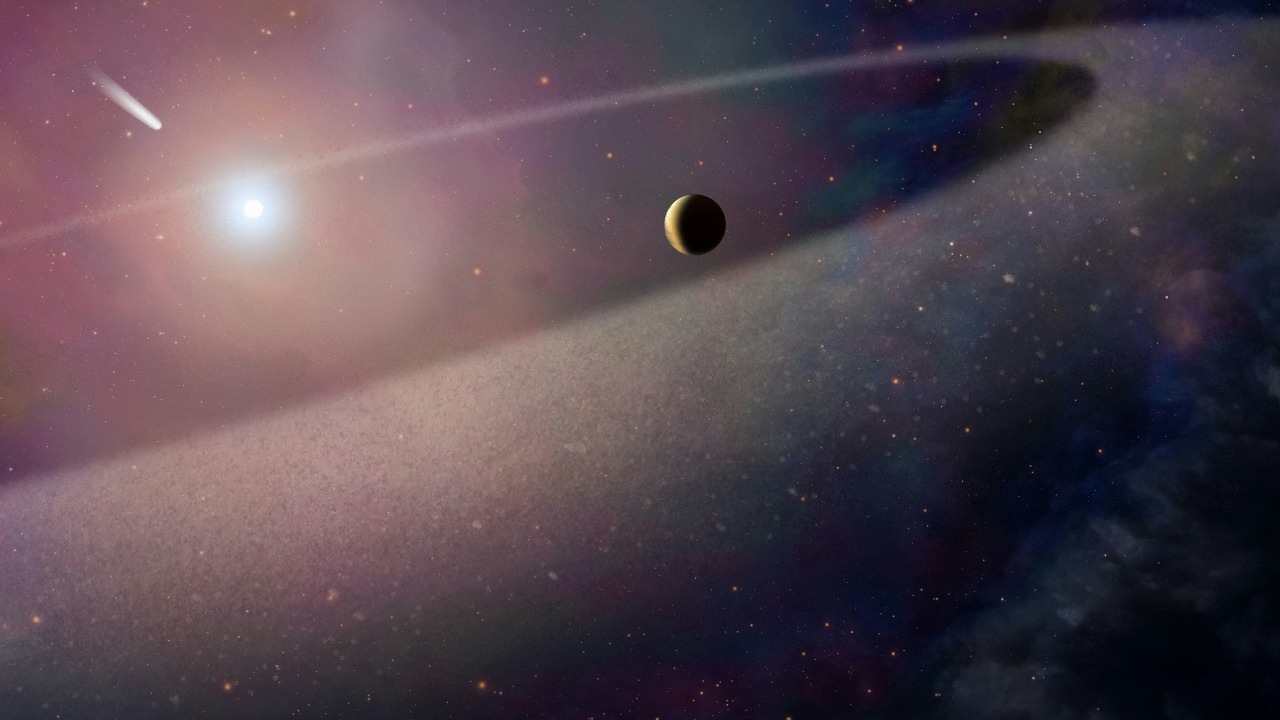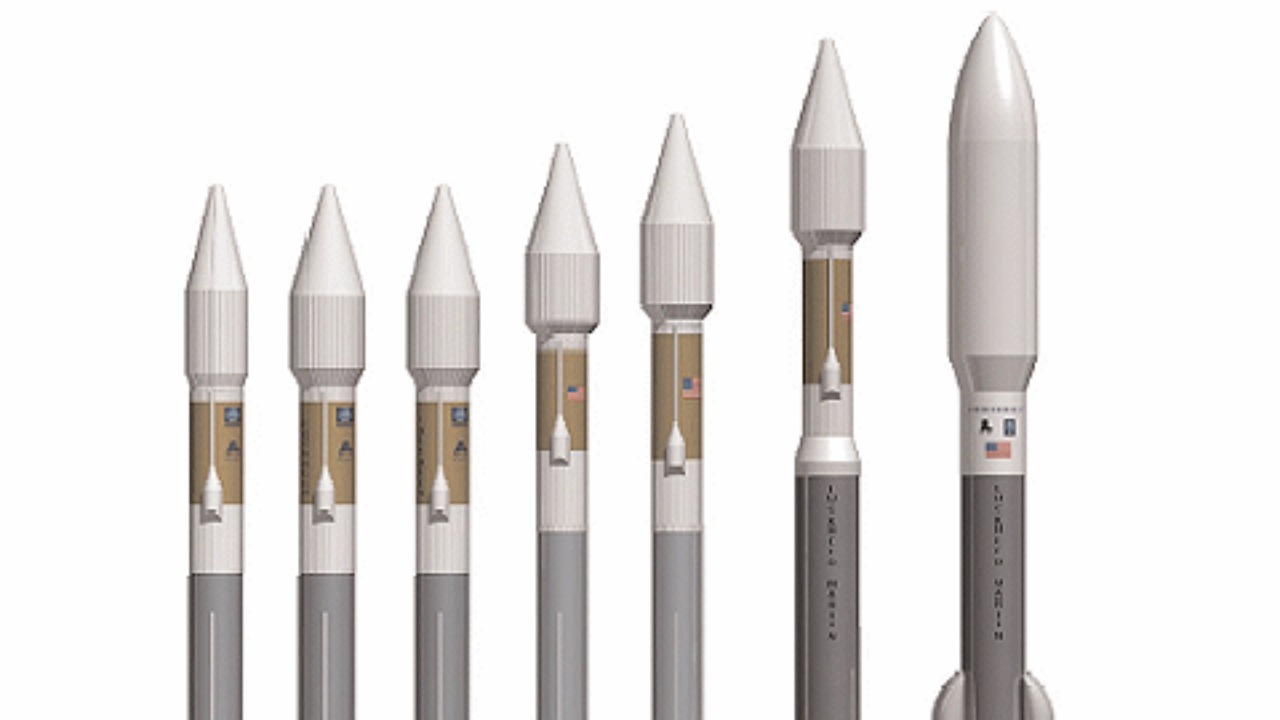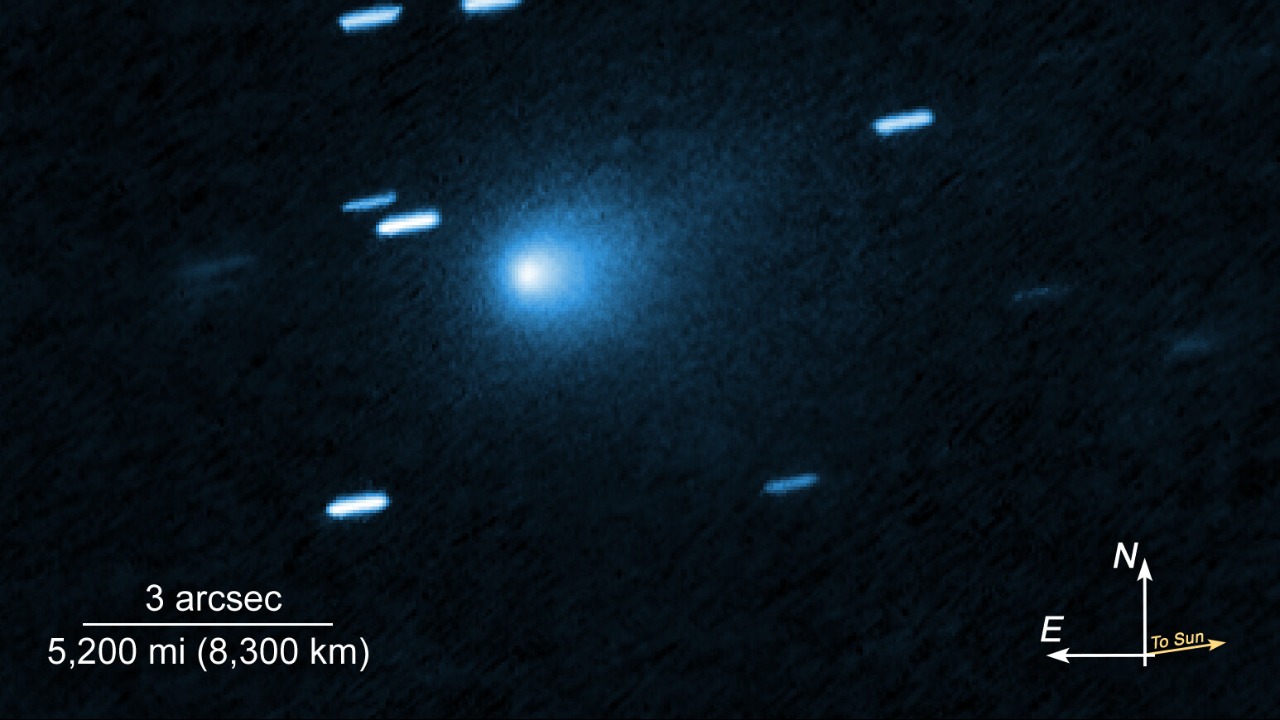
A newly captured image has provided an unprecedented view of the third interstellar object to pass through our solar system, sparking excitement in the astronomical community. The object, identified as 3I/ATLAS, offers a rare glimpse into the composition and journey of celestial bodies that originate outside our solar system. The significance of this discovery, its implications for science, and the technology that made it possible are explored here.
Understanding 3I/ATLAS

Discovery and Identification
The discovery of 3I/ATLAS marks a significant milestone in the field of astronomy. Identified as an interstellar object, it was first detected by a network of telescopes that meticulously track celestial bodies. The process of distinguishing interstellar objects from the multitude of comets and asteroids within our solar system relies on analyzing their trajectories and speeds, which often show unique patterns indicative of an origin beyond our solar neighborhood.
Recognizing an object as interstellar is crucial because it allows scientists to study materials that have traveled from other star systems, offering insights into parts of the universe that are otherwise unreachable. The ability to track such objects has evolved with advancements in telescope technology, enabling quicker and more accurate identifications.
Size and Characteristics
3I/ATLAS is estimated to be about 7 miles wide, making it the largest interstellar object observed to date. Its sheer size presents a unique opportunity to study its physical characteristics, which differ from previous interstellar visitors like ‘Oumuamua and 2I/Borisov. The shape and trajectory of 3I/ATLAS have provided new data points for astronomers, helping to refine models of interstellar object behavior and interaction with solar systems.
Unlike its predecessors, 3I/ATLAS exhibits a more spherical shape, suggesting a different formation process. Its trajectory also hints at a more stable path, which could indicate a longer journey through the galaxy before entering our solar system.
Technological Breakthroughs in Imaging

Advanced Observatories
The role of the Vera C. Rubin Observatory in capturing detailed images of 3I/ATLAS cannot be understated. This observatory, equipped with state-of-the-art technology, has provided images with unprecedented clarity, allowing scientists to analyze the object’s surface and structure in greater detail than ever before. The advancements in observatory technology have been pivotal in enhancing our ability to detect and study these rare interstellar visitors.
These technological breakthroughs not only improve image resolution but also increase the speed at which astronomers can process and interpret data. This rapid analysis is crucial in studying objects like 3I/ATLAS, which pass through our solar system relatively quickly.
Hubble’s Contribution
The Hubble Space Telescope has also played a significant role by providing a sharp view of 3I/ATLAS. Its observations have contributed critical data regarding the object’s composition and behavior, offering insights into its chemical makeup and potential origins. The collaboration between various observatories and space agencies highlights the collective effort required to study interstellar phenomena effectively.
This collaborative approach not only enhances our understanding of such objects but also fosters the development of new techniques and technologies that can be used in future astronomical research.
Scientific Implications and Future Research

Composition and Origin
The composition of 3I/ATLAS provides valuable insights into its origin and the conditions of its home star system. By analyzing the materials present on its surface, scientists can infer the processes that shaped it, offering clues about the diversity of celestial bodies beyond our solar system. Understanding the composition of interstellar objects helps to refine our theories about the formation of the universe and the potential for life beyond Earth.
Studying 3I/ATLAS and similar objects can also shed light on the processes that lead to the formation of planets and other celestial bodies, providing a broader context for our own solar system’s development.
Impact on Astronomical Theories
The discovery of 3I/ATLAS may influence existing astronomical models and theories, particularly those related to the movement and interaction of interstellar objects with solar systems. It challenges our understanding of how such objects are ejected from their home systems and how they navigate the interstellar medium. This could lead to new research focused on identifying other interstellar objects and understanding their potential impacts on our solar system.
The potential for more discoveries like 3I/ATLAS is vast, and continued advancements in detection and imaging technologies will undoubtedly open new avenues of exploration and understanding in the field of astronomy.